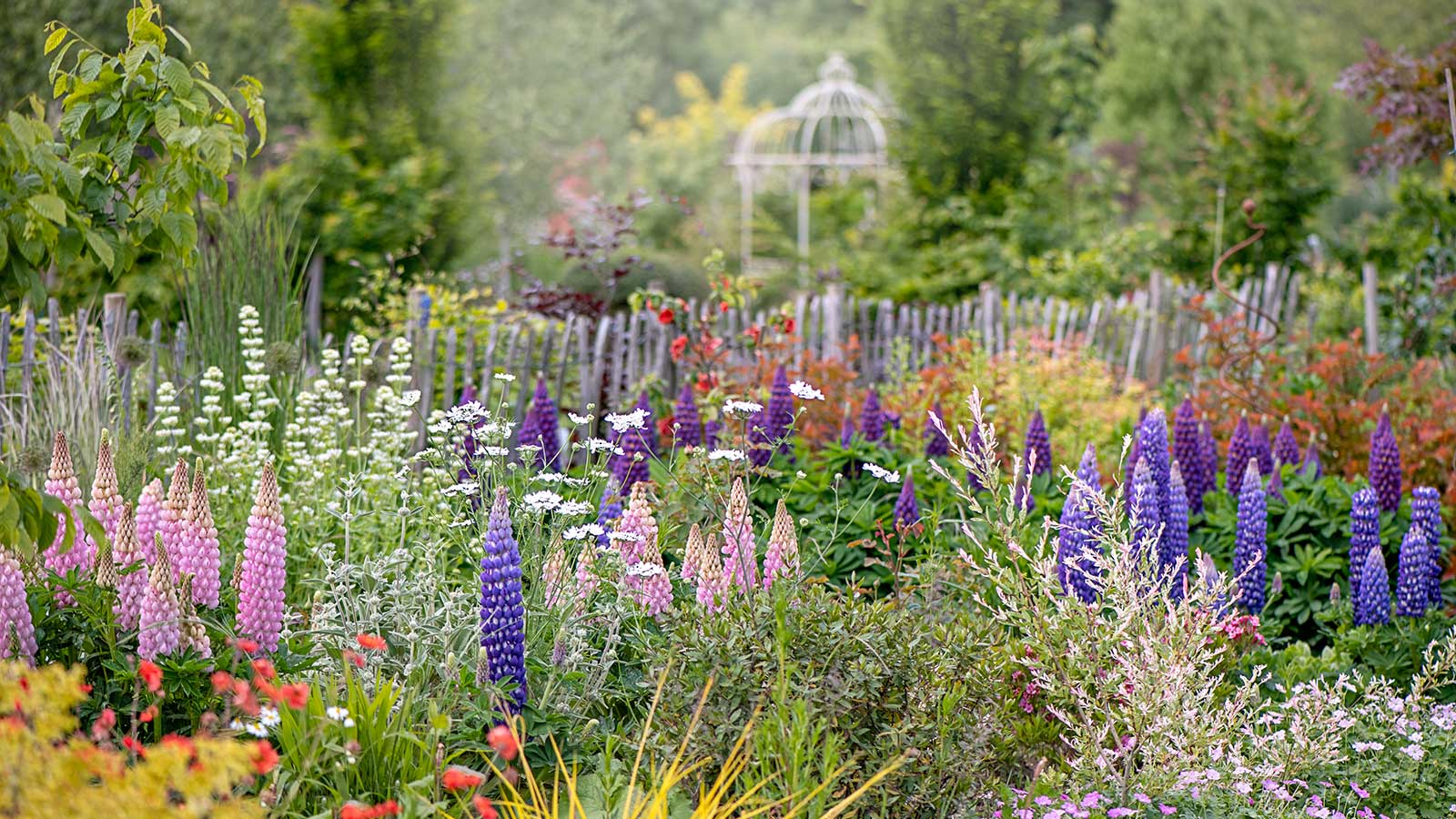
The US hardiness zone system, in which the hardiness of a vast range of plants is matched to parts of the country with winters they can tolerate, is well known to gardeners everywhere. The Hardiness Zones Map produced and recently updated by the USDA, shows clearly which parts of the country are in which zone, numbered zone 1 (the coldest) to zone 13 (the warmest), and these ratings correspond to those assigned to just about every plant you could ever think of growing.
But there are also other, less familiar approaches to hardiness. Firstly, there are Canada's Plant Hardiness Zones. Used in the same way as the USDA system, and focused on low winter temperature tolerance, it builds in far more factors than simply lowest winter temperatures. There is also The American Horticultural Society's (AHS) Plant Heat Zone system, which measures tolerance of summer heat.
In addition, Sunset magazine has developed a more detailed system of hardiness classification that takes into account far more factors than winter temperatures. In the UK, the Royal Horticultural Society has also developed its own independent approach. Each approach is a trade-off between accuracy and simplicity of use, and here we go into more detail about each one.

Four planting zone systems explained for gardeners
Here we delve into four other climate and planting systems, which when used in conjunction with the US Hardiness Zones Map, can help you to best select the plants which will thrive in your locality.
American Horticultural Society's Plant Heat Zones
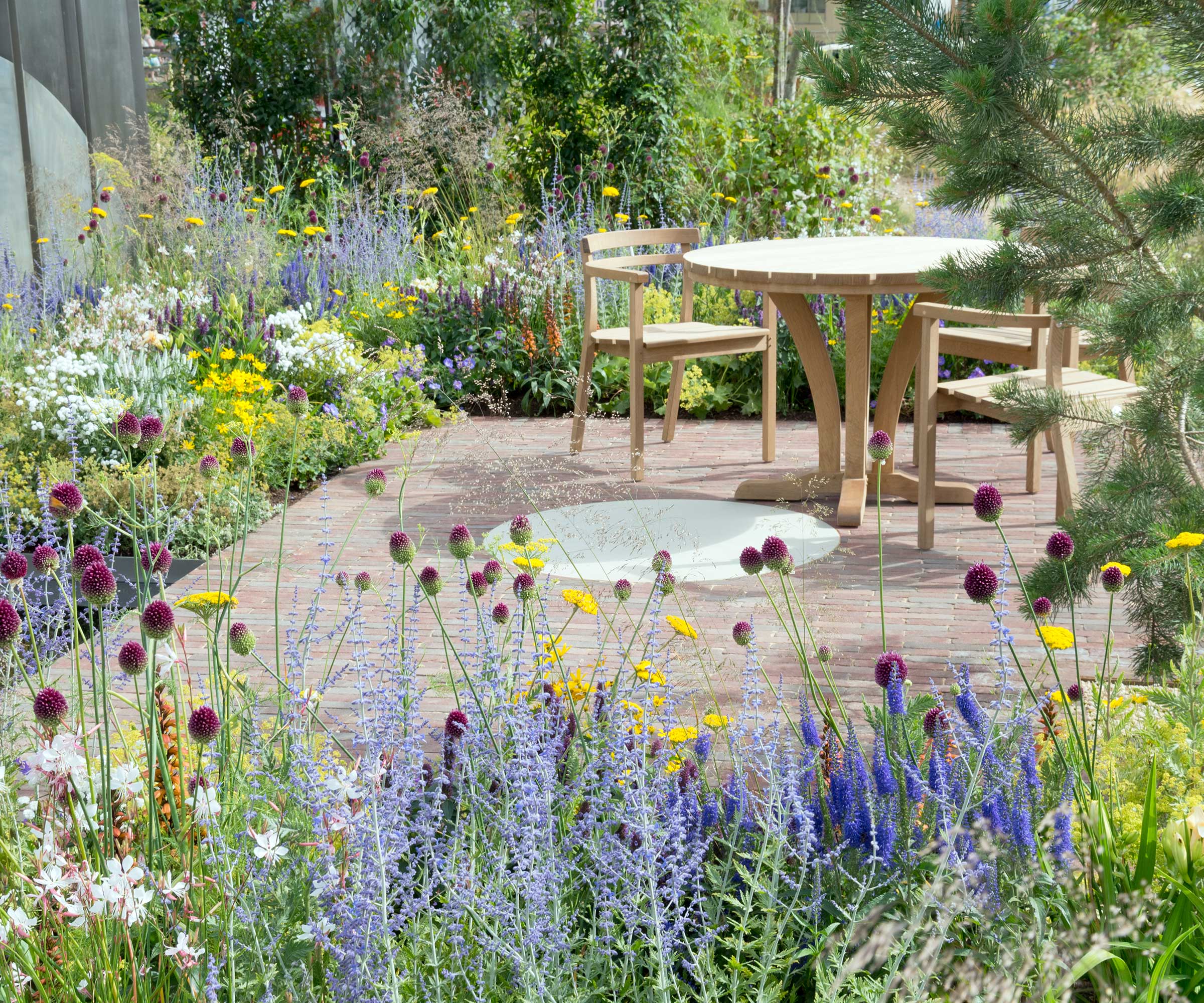
The AHS Plant Heat Zone Map was developed by AHS President Dr. H. Marc Cathey. Launched in 1997, the system does the same thing as the USDA Hardiness Zone system – but at the other end of the temperature spectrum, revealing how much summer heat different plants will tolerate, and where across the country these areas fall.
The heat zone system is based on the average number of days per year when the temperature exceeds 86F. The zones range from 1 (less than one day per year over 86F) to 12 (more than 210 days per year over 86F).
A plant’s response to heat is complicated. Heat damage is often more subtle than damage from winter cold, it is often less obvious than winter damage – when plants may simply be killed. Intolerable heat may cause one or more of these problems: roots may cease to grow, buds may drop, fruits may shrivel, leaves may become very pale or dry up or simply fall off, growth may come to a halt. In many cases the plant dies over a long period, rather than quickly, and in some cases drought can be more of a problem than heat.
The launch of the Heat Zone system in 1997 was greeted with enthusiasm but it was never widely adopted. Drought is always at least a partial cause of heat damage, and the Heat Zone system assumes that plants are kept adequately moist - which is not always the case. So the ratings may seem less accurate than they are.
While heat ratings are seen quoted on plant tags, in catalogs and online, the heat zone approach is less universal than the widely familiar US Hardiness Zone system.
Canada's Plant Hardiness Zones
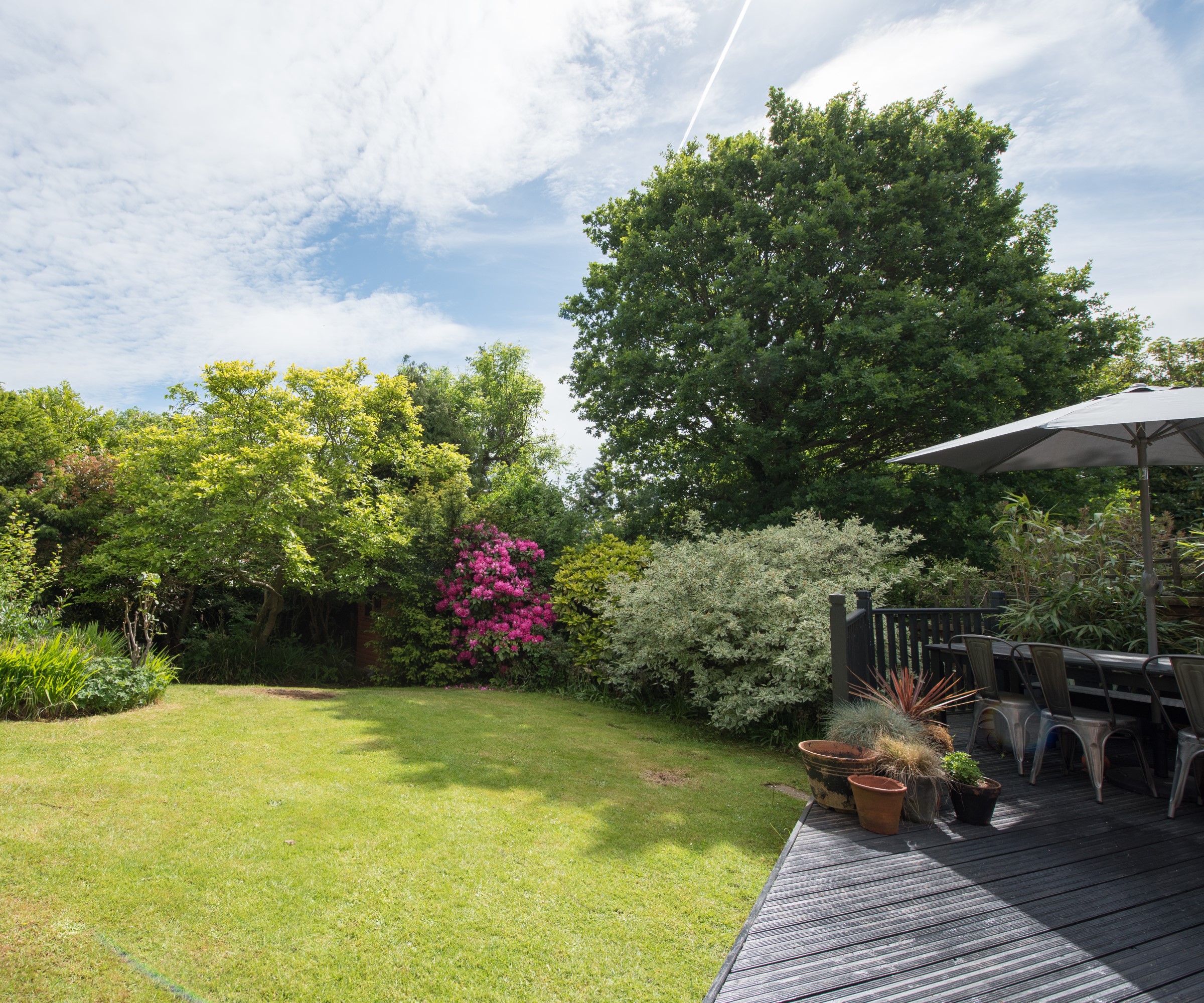
Created by Natural Resources Canada, and last modified in 2022, the Canadian approach takes into account far more factors than the USDA system.
In addition to the monthly mean of the daily minimum temperatures (in °C) of the coldest month, other factors built into the Canadian system include: the number of frost-free days, amount of June to November rainfall, snow depth, maximum wind speed and other factors. The ratings run from zone 1 (at the cold end) to zone 9.
This approach has the benefit of building in more data, so is more comprehensively accurate, but summer heat, humidity, and the influence of mountains or large bodies of water are not taken into account. It is also generally more opaque and less easily understood by most home gardeners.
The Canadian government publishes maps created by both the USDA system and the Canadian system.
The Sunset Climate Zones
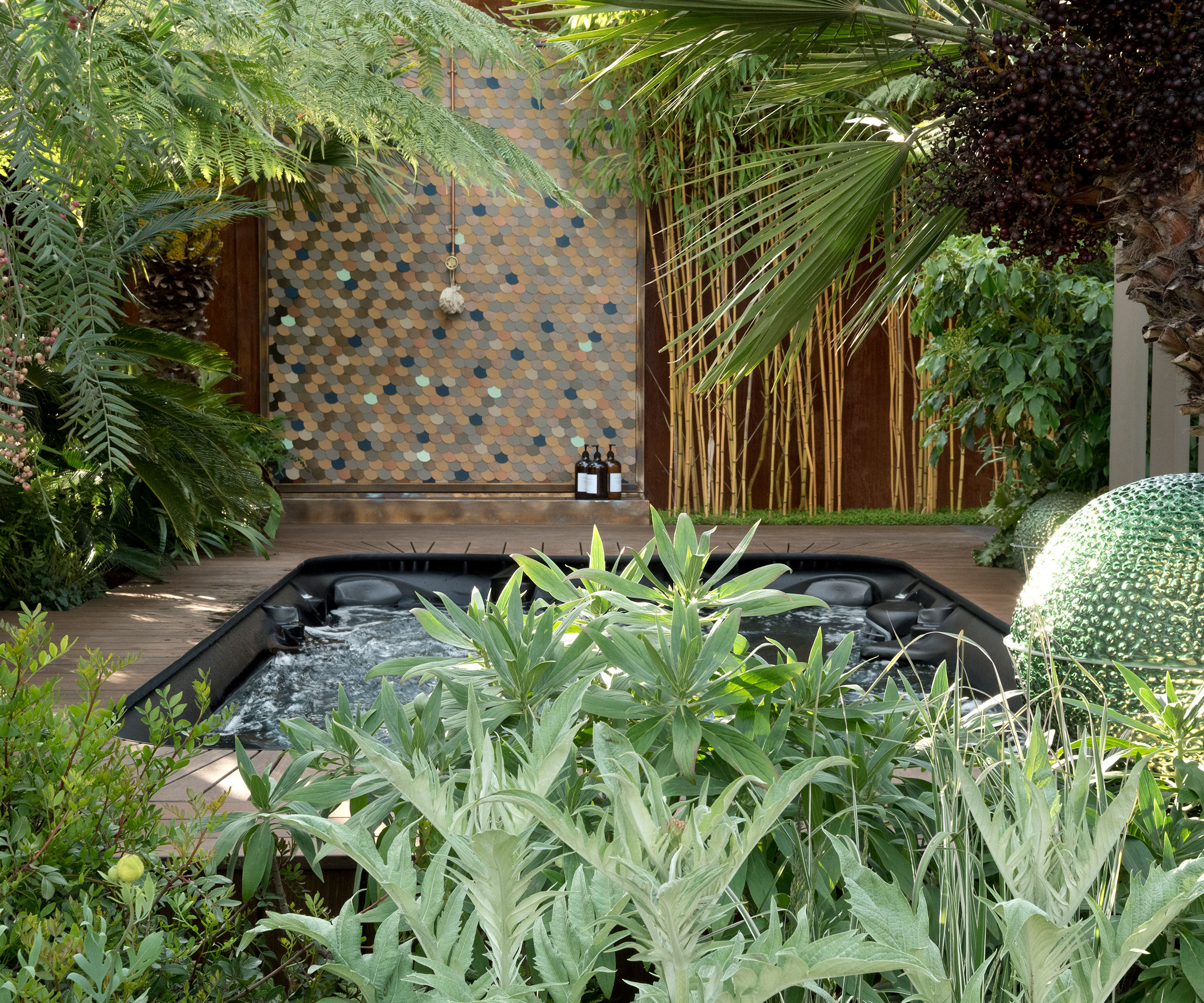
The system devised by Sunset magazine takes a broader approach. It recognizes that there’s more to hardiness than winter cold and summer heat and takes into account height above sea level, latitude, oceans and lakes, humidity, wind speed, high summer temperatures, low winter temperatures, the timing and amount of rainfall, the length of the growing season. In short, they take into account the whole climate – so are known as the Sunset Climate Zones.
Focused mainly on the west, Sunset magazine divides the United States, parts of Canada and parts of Mexico into 45 zones, from the harshest (zone 1) to mildest (zone 45), running more or less from north to south, but also west to east.
It takes account of the differences in climate in the west (zone 1 through zone 24) and the east (zone 25 through zone 45). Some zones cover very small areas, just part of a state, others cover much large areas.
As with the Canadian approach, in the Sunset system more factors are taken into account than with the USDA system, but it is also more complicated. As ever it boils down to a trade-off between simplicity and accuracy.
The British system
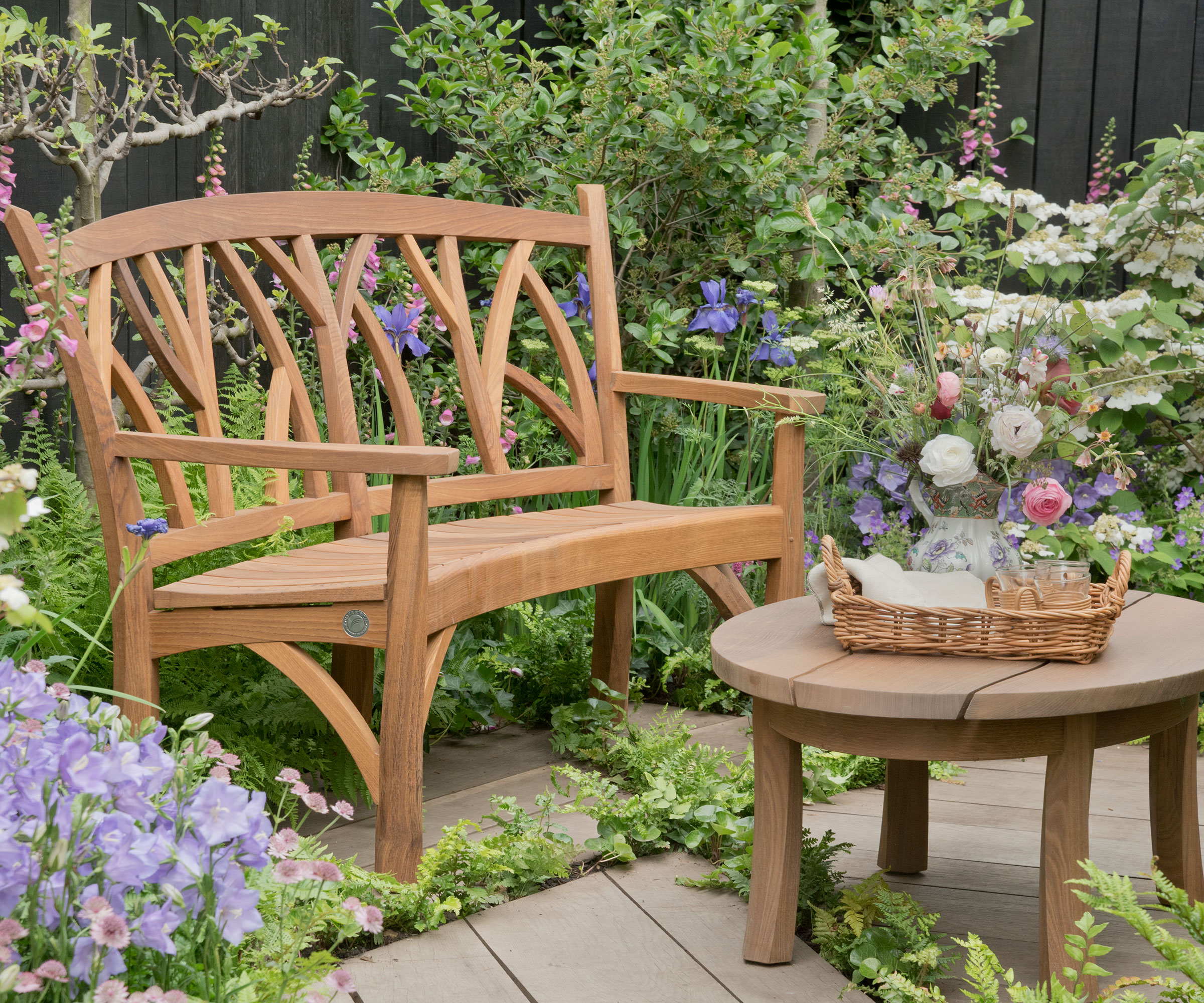
In the United Kingdom, a move towards adopting the USDA Hardiness Zone approach was replaced by the introduction of a unique system developed by the Royal Horticultural Society.
This relies on a combination of absolute minimum winter temperatures (not average low winter temperatures) augmented by reference to the way plants are actually grown, such as the fact that greenhouses are more widely used than in most other parts of the world.
The ratings go from H1 (winter minimum of 15C, plants grown in a heated greenhouse or conservatory all year round) to H7 (winter temperatures below -20C, very hardy).
The Royal Horticultural Society system has the disadvantage that its H1 to H7 (warmest to coldest) approach runs in the opposite direction to other systems which run, coldest to warmest.
References to the British system will usually be seen in British books and magazines published in North America, and on UK websites.
FAQs
Why are plant hardiness zone ratings important?
Plant hardiness zone ratings matter because using them as a guide, it’s simple to see which plants will survive the winter in your area. They are attached to individual plant varieties and noted on plant tags and on websites.
Although the USDA hardiness zones map is very commonly used, there are other climate systems which are useful to have as additional plant resources, depending on where you live. Of course, the more information you can arm yourself with about what will grow in your local area, the better your garden will look. Another vital piece of knowledge is understanding what soil type you have, as this will also dictate which plants will thrive in your yard.







